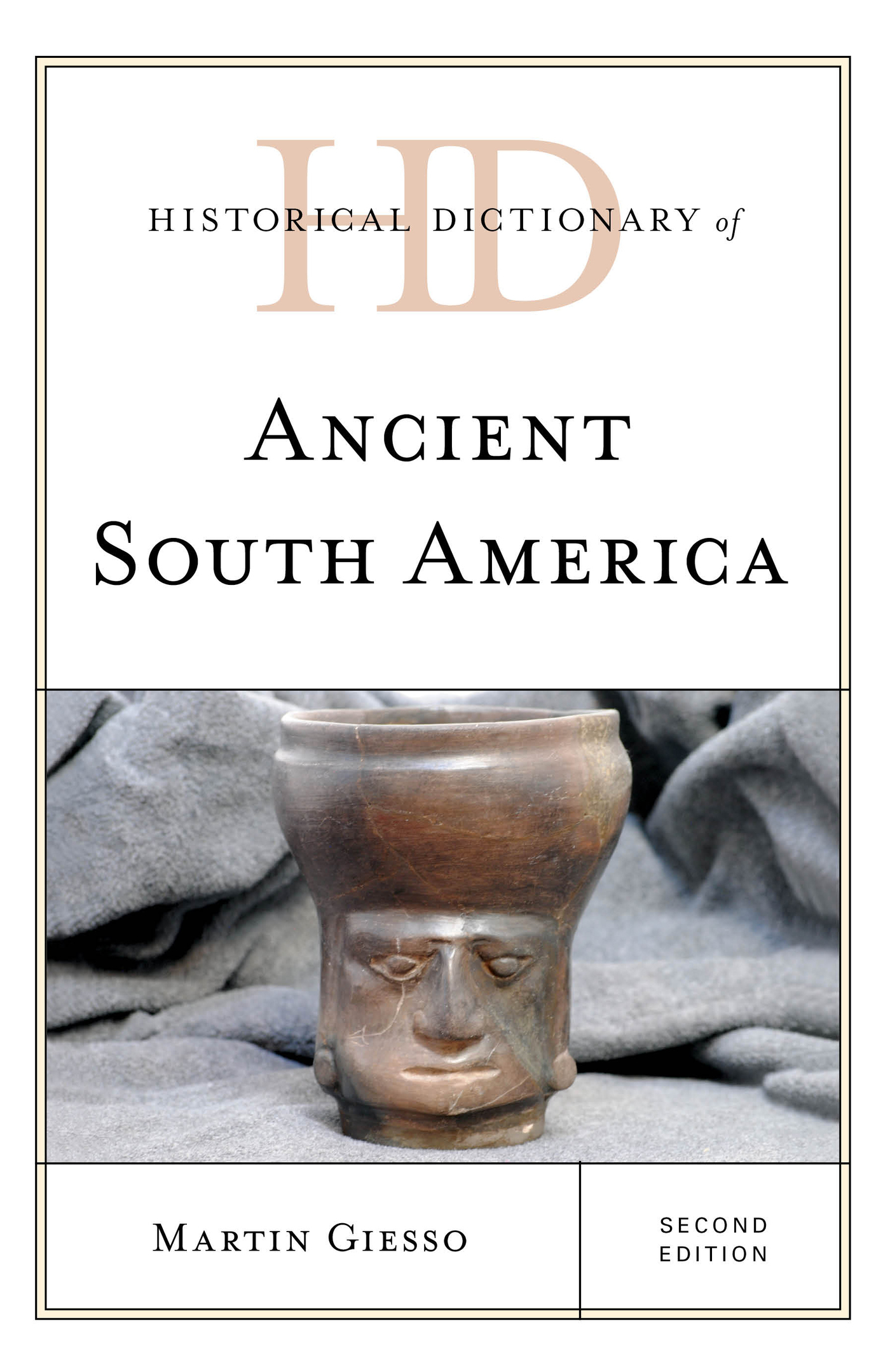The historical dictionaries present essential information on a broad range of subjects, including American and world history, art, business, cities, countries, cultures, customs, film, global conflicts, international relations, literature, music, philosophy, religion, sports, and theater. Written by experts, all contain highly informative introductory essays on the topic and detailed chronologies that, in some cases, cover vast historical time periods but still manage to heavily feature more recent events.
Brief AZ entries describe the main people, events, politics, social issues, institutions, and policies that make the topic unique, and entries are cross-referenced for ease of browsing. Extensive bibliographies are divided into several general subject areas, providing excellent access points for students, researchers, and anyone wanting to know more. Additionally, maps, photographs, and appendixes of supplemental information aid high school and college students doing term papers or introductory research projects. In short, the historical dictionaries are the perfect starting point for anyone looking to research in these fields.
Historical Dictionaries of Ancient
Civilizations and Historical Eras
Jon Woronoff, Series Editor
Pre-Colonial Africa, by Robert O. Collins, 2001.
Medieval Russia, by Lawrence N. Langer, 2001.
Napoleonic Era, by George F. Nafziger, 2001.
Ancient and Medieval Nubia, by Richard A. Lobban Jr., 2003.
The Vikings, by Katherine Holman, 2003.
The Renaissance, by Charles G. Nauert, 2004.
Ancient Israel, by Niels Peter Lemche, 2004.
Early North America, by Cameron B. Wesson, 2005.
The Enlightenment, by Harvey Chisick, 2005.
Cultural Revolution, by Guo Jian, Yongyi Song, and Yuan Zhou, 2006.
Ancient Southeast Asia, by John N. Miksic, 2007.
Medieval India, by Iqtidar Alam Khan, 2008.
Ancient Egypt, Second Edition, by Morris L. Bierbrier, 2008.
India, by Kumkum Roy, 2009.
The Etruscans, by Simon K. F. Stoddart, 2009.
Modern China (18001949), by James Z. Gao, 2009.
Mesopotamia, Second Edition, by Gwendolyn Leick, 2010.
Byzantium, Second Edition, by John H. Rosser, 2012.
Ottoman Empire, Second Edition, by Selcuk Aksin Somel, 2012.
Mesoamerica, by Walter R. T. Witschey and Clifford T. Brown, 2012.
Japan to 1945, by Kenneth Henshall, 2013.
British Empire, by Kenneth J. Panton, 2015.
Medieval China, Second Edition, by Victor Cunrui Xiong, 2017.
The Hittites, Second Edition, by Charles Burney, 2018.
Ancient South America, Second Edition, by Martin Giesso, 2018.
Mongol World Empire, Second Edition, by Paul D. Buell, 2018.
Historical Dictionary of
Ancient South America
Second Edition
Martin Giesso
ROWMAN & LITTLEFIELD
Lanham Boulder New York London
Published by Rowman & Littlefield
An imprint of The Rowman & Littlefield Publishing Group, Inc.
4501 Forbes Boulevard, Suite 200, Lanham, Maryland 20706
www.rowman.com
Unit A, Whitacre Mews, 26-34 Stannary Street, London SE11 4AB
Copyright 2018 by Martin Giesso
All rights reserved. No part of this book may be reproduced in any form or by any electronic or mechanical means, including information storage and retrieval systems, without written permission from the publisher, except by a reviewer who may quote passages in a review.
British Library Cataloguing in Publication Information Available
Library of Congress Cataloging-in-Publication Data
Names: Giesso, Martin, author.
Title: Historical dictionary of ancient South America / Martin Giesso.
Description: Second edition. | Lanham : Rowman & Littlefield, 2018. | Series: Historical dictionaries of ancient civilizations and historical eras | Includes bibliographical references.
Identifiers: LCCN 2017051587 (print) | LCCN 2017053943 (ebook) | ISBN 9781538102374 (electronic) | ISBN 9781538102367 (hardcover : alk. paper)
Subjects: LCSH: Indians of South AmericaAntiquitiesDictionaries. | South AmericaAntiquitiesDictionaries.
Classification: LCC F2229 (ebook) | LCC F2229 .G54 2018 (print) | DDC 980/.01dc23
LC record available at https://lccn.loc.gov/2017051587
 The paper used in this publication meets the minimum requirements of American National Standard for Information Sciences Permanence of Paper for Printed Library Materials, ANSI/NISO Z39.48-1992.
The paper used in this publication meets the minimum requirements of American National Standard for Information Sciences Permanence of Paper for Printed Library Materials, ANSI/NISO Z39.48-1992.
Printed in the United States of America
Editors Foreword
South America encompasses a vast and varied geography, so it is not surprising that in ancient times it gave rise to many different cultures, ranging from small chiefdoms and bands to larger, more sophisticated kingdoms and empires. Many have been long since forgotten by all but archaeologists, but others still impress us today with the grandeur of their surviving monuments, among them the Moche and the Inka. Yet they all contributed to a continent-spanning civilization that commenced several millennia ago and flourished until it was severed in its prime by Spain and other European conquerors. This book provides insight into ancient South America, describing the more significant groups as well as their settlements and architecture, agriculture and other means of subsistence, social structure and organization, art and religion. It also describes archaeological sites, tools and ceramics, mounds and monoliths, deities, and funeral practices.
This is now the second edition of the Historical Dictionary of Ancient South America, and it has a similar structure to all the volumes in this series on ancient civilizations and historical eras. Of particular importance in the front matter is a chronology, tracing the history of the era and indicating major milestones. The introduction then provides a broad overview of the period, again highlighting the more important events and trends. Obviously, the largest and also most informative section is the dictionary, which has been expanded considerably from the first edition and has entries on significant persons, places, events, institutions, and some terminology. The appendixes provide lists of museums, research institutes, and journals, which will certainly interest more active researchers. The bibliography, like other parts also considerably updated and expanded, charts some of the most interesting related literature, broken down by topics and geographical regions. This is again very useful for active researchers and students who want to know more about specific aspects.
The Historical Dictionary of Ancient South America was written by Martin Giesso, who hails from the region, being born in Argentina and having studied at the Universidad Nacional de La Plata. He received a doctorate in anthropology from the University of Chicago. Dr. Giesso is currently a senior lecturer in anthropology and archaeology and has taught classes for the M.A. program in Latin American literatures and cultures (Department of World Languages and Cultures) at Northeastern Illinois University in Chicago. He has conducted research and fieldwork from Argentina to Bolivia, and his primary area of interest is the Andean region. He is currently interested in the use of archeometry (the use of physics and chemistry in archaeology) to answer questions related to long-distance exchange of obsidian and ceramics, and he has coauthored publications with Argentine and Chilean colleagues in academic journals of Argentina, Chile, Great Britain, and the United States. He is fluent in Spanish, English, French, and Italian. In this historical dictionary, he has tackled an amazing range of topics to give us a feel for the early period of a vast continent.

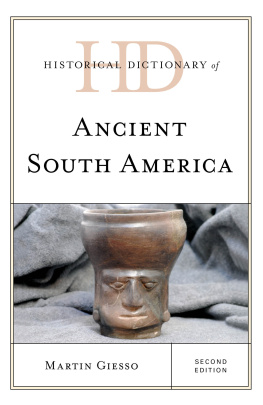
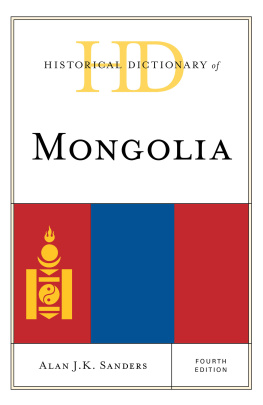

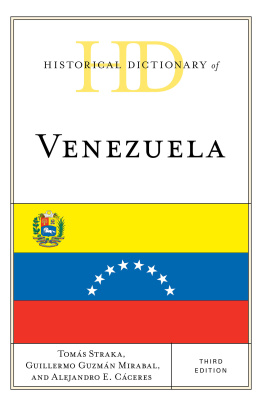
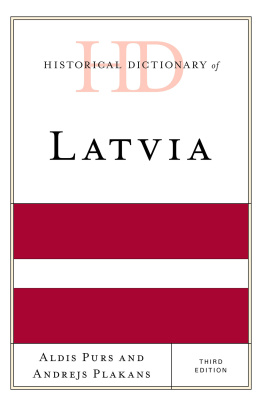
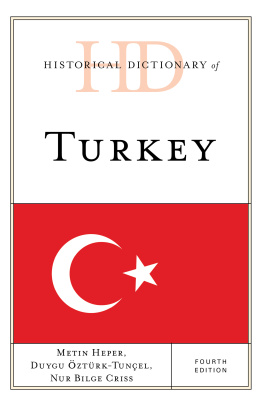



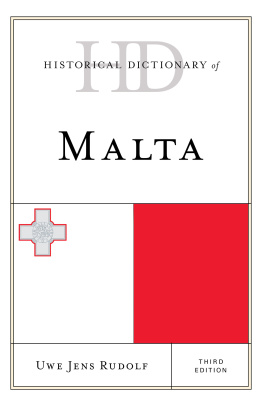
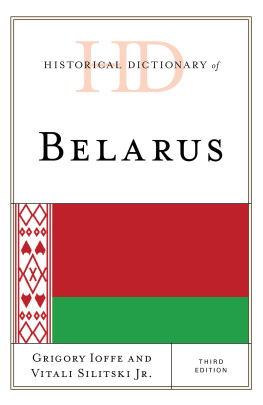
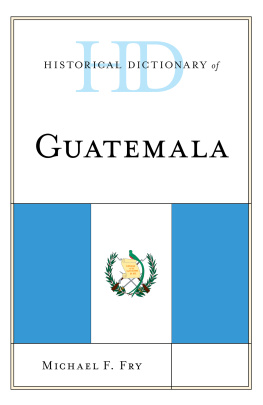
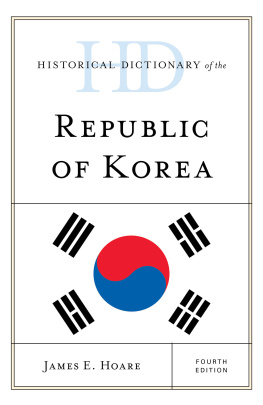
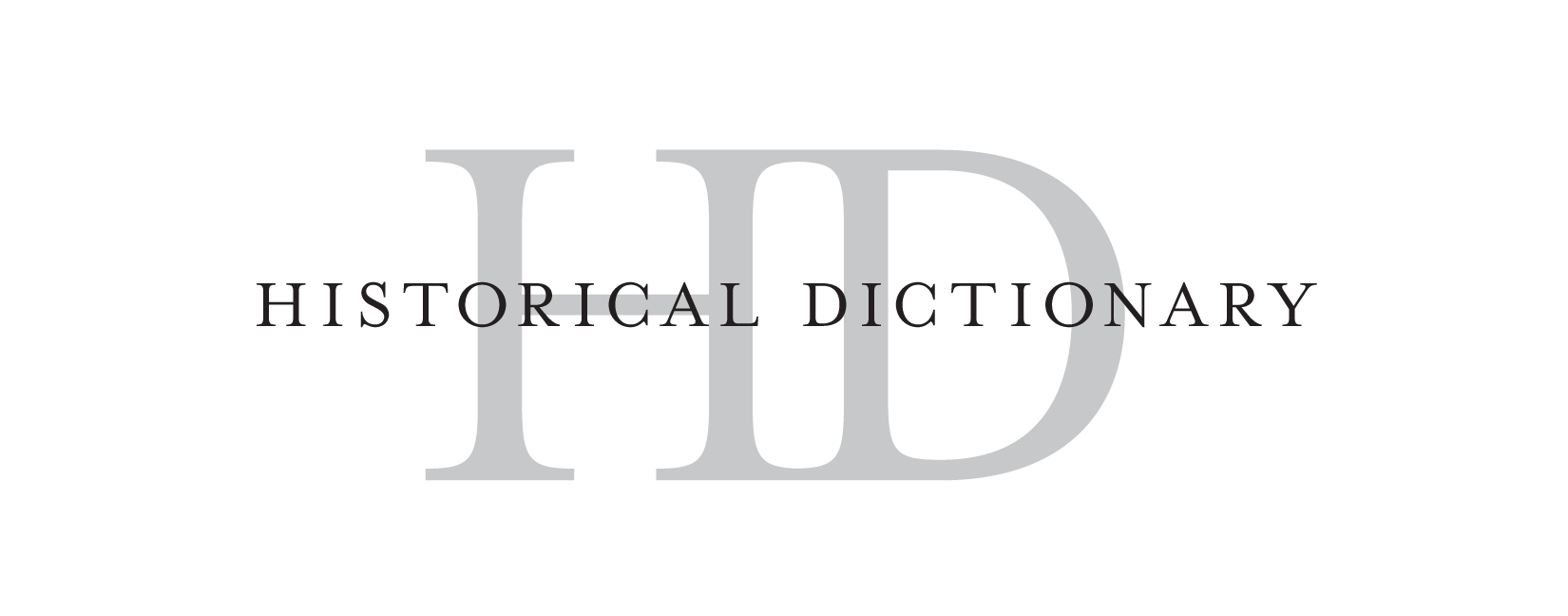
 The paper used in this publication meets the minimum requirements of American National Standard for Information Sciences Permanence of Paper for Printed Library Materials, ANSI/NISO Z39.48-1992.
The paper used in this publication meets the minimum requirements of American National Standard for Information Sciences Permanence of Paper for Printed Library Materials, ANSI/NISO Z39.48-1992.